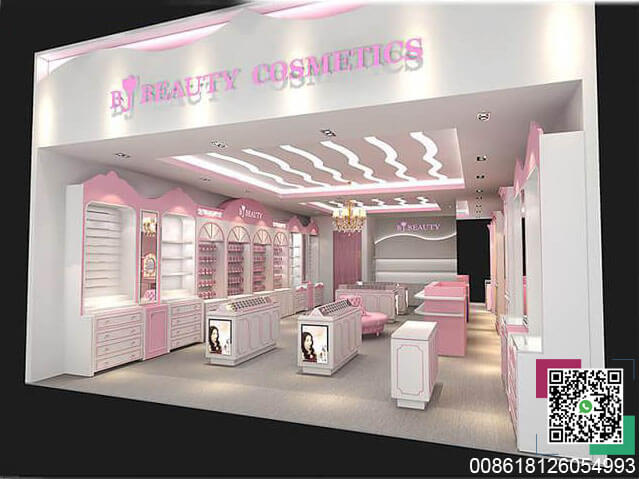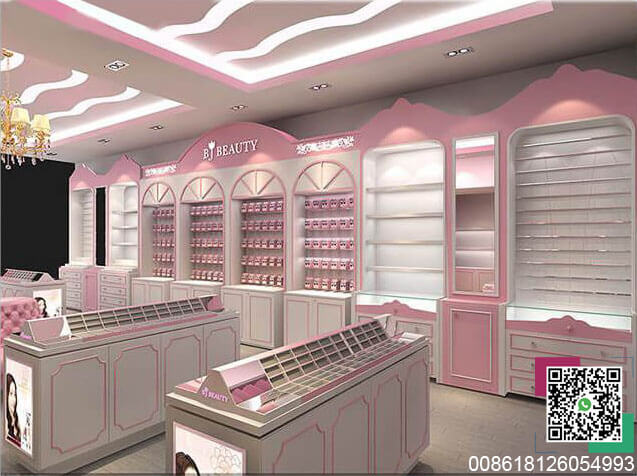The distinction between "strategic" and "managerial" decision-making is commonly used to distinguish "two phases having different goals and based on different conceptual tools. Strategic planning concerns the choice of policies aiming at improving the competitive position of the firm, taking account of challenges and opportunities proposed by the competitive environment. On the other hand, managerial decision-making is focused on the implementation of specific targets."
In retailing, the strategic plan is designed to set out the vision and provide guidance for retail decision-makers and provide an outline of how the product and service mix will optimize customer satisfaction. As part of the strategic planning process, it is customary for strategic planners to carry out a detailed environmental scan which seeks to identify trends and opportunities in the competitive environment, market environment, economic environment and statutory-political environment. The retail strategy is normally devised or reviewed every 3– 5 years by the chief executive officer.
The strategic retail analysis typically includes following elements:
The retailer also considers the overall strategic position and retail image
* Market analysis
Market size, stage of market, market competitiveness, market attractiveness, market trends
* Customer analysis
Market segmentation, demographic, geographic and psychographic profile, values and attitudes, shopping habits, brand preferences, analysis of needs and wants, media habits
* Internal analysis
Other capabilities e.g. human resource capability, technological capability, financial capability, ability to generate scale economies or economies of scope, trade relations, reputation, positioning, past performance
* Competition analysis
Availability of substitutes, competitor's strengths and weaknesses, perceptual mapping, competitive trends
* Review of product mix
Sales per square foot, stock-turnover rates, profitability per product line
* Review of distribution channels
Lead-times between placing order and delivery, cost of distribution, cost efficiency of intermediaries
* Evaluation of the economics of the strategy
Cost-benefit analysis of planned activities
At the conclusion of the retail analysis, retail marketers should have a clear idea of which groups of customers are to be the target of marketing activities. Not all elements are, however, equal, often with demographics, shopping motivations, and spending directing consumer activities. Retail research studies suggest that there is a strong relationship between a store's positioning and the socio-economic status of customers. In addition, the retail strategy, including service quality, has a significant and positive association with customer loyalty.A marketing strategy effectively outlines all key aspects of firms' targeted audience, demographics, preferences. In a highly competitive market, the retail strategy sets up long-term sustainability. It focuses on customer relationships, stressing the importance of added value, customer satisfaction and highlights how the store's market positioning appeals to targeted groups of customers.
Source: Wikipedia
Today's share:BJ Beauty Cosmetic Store


Leave a comment